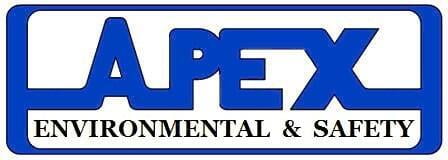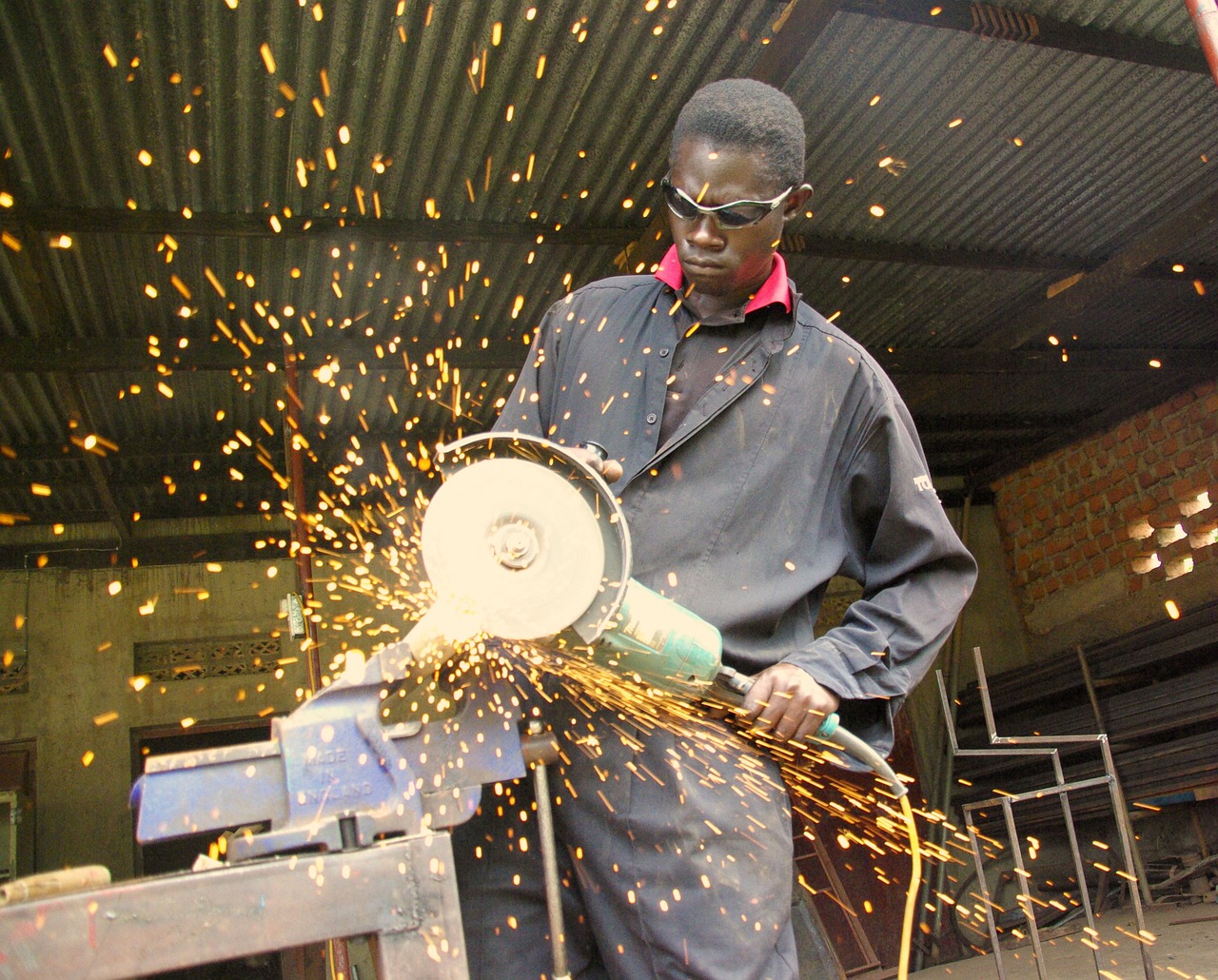Machine guarding is a critical aspect of workplace safety, especially in environments where machinery and equipment pose significant risks to workers' health and safety. Proper machine guarding helps prevent accidents and injuries by creating physical barriers between workers and hazardous machine components.
Firstly, conduct a thorough risk assessment to identify potential hazards associated with machinery and equipment. Evaluate the need for machine guarding based on the type of equipment, its operation, and the tasks performed by workers.
Secondly, ensure that all machinery and equipment are equipped with appropriate guards, including fixed guards, interlocked guards, and perimeter guards, to prevent access to moving parts, pinch points, and other hazardous areas.
Thirdly, regularly inspect machine guards to ensure they are securely fastened, in good condition, and functioning properly. Any damaged or missing guards should be repaired or replaced immediately to maintain a safe working environment.
Lastly, provide comprehensive training to workers on the importance of machine guarding, safe operating procedures, and the hazards associated with machinery and equipment. Encourage workers to report any concerns or issues related to machine guarding to their supervisors or safety personnel promptly.
By prioritizing machine guarding and adhering to established safety protocols, we can prevent accidents and injuries in the workplace and ensure the well-being of all employees.
Resource Conservation:
Resource conservation is essential for minimizing environmental impact and promoting sustainability in our operations. By implementing resource conservation measures, we can reduce waste, conserve natural resources, and minimize our carbon footprint.
One effective strategy for resource conservation is implementing energy-saving measures such as using energy-efficient lighting, optimizing heating, ventilation, and air conditioning (HVAC) systems, and investing in renewable energy sources like solar and wind power. By reducing energy consumption, we can lower greenhouse gas emissions and mitigate climate change.
Additionally, implementing water conservation measures such as fixing leaks, installing water-efficient fixtures, and reusing/recycling water can help preserve freshwater resources and reduce water consumption. Conserving water not only benefits the environment but also helps lower operational costs and enhance sustainability.
Furthermore, reducing material consumption and waste generation through recycling, reuse, and waste minimization initiatives can help conserve natural resources and reduce landfill pollution. Implementing circular economy principles, such as product lifecycle management and material recycling, can contribute to a more sustainable approach to resource management.
Educating employees and stakeholders about the importance of resource conservation and promoting sustainable practices can also foster a culture of environmental stewardship within the organization. By integrating resource conservation principles into our operations and engaging stakeholders in sustainable practices, we can minimize environmental impact and contribute to a healthier planet for future generations.

